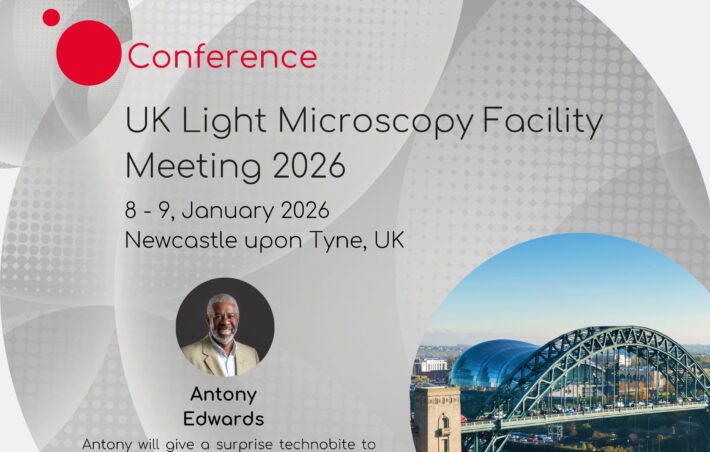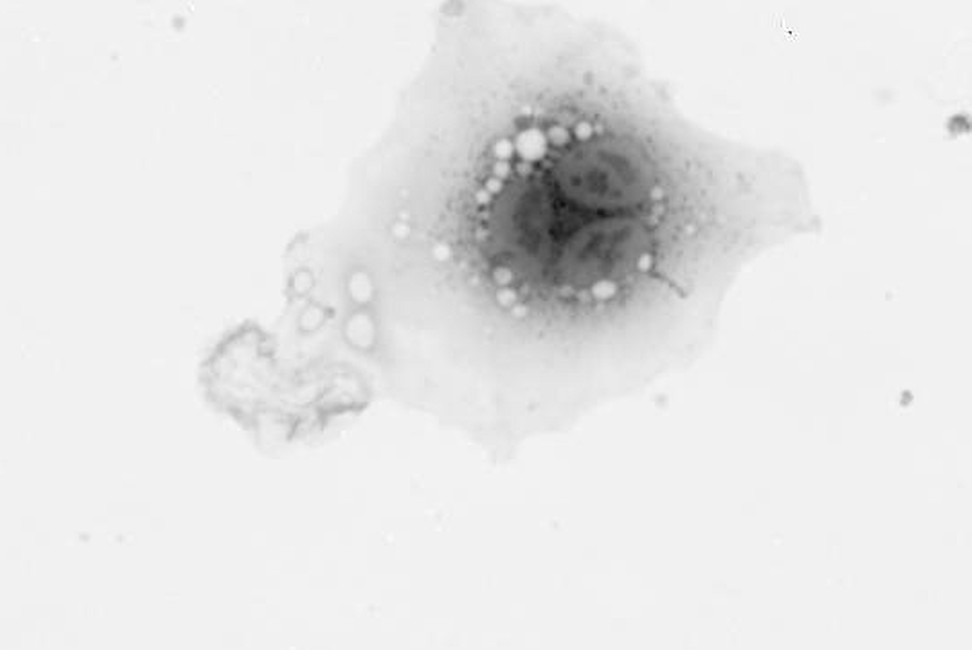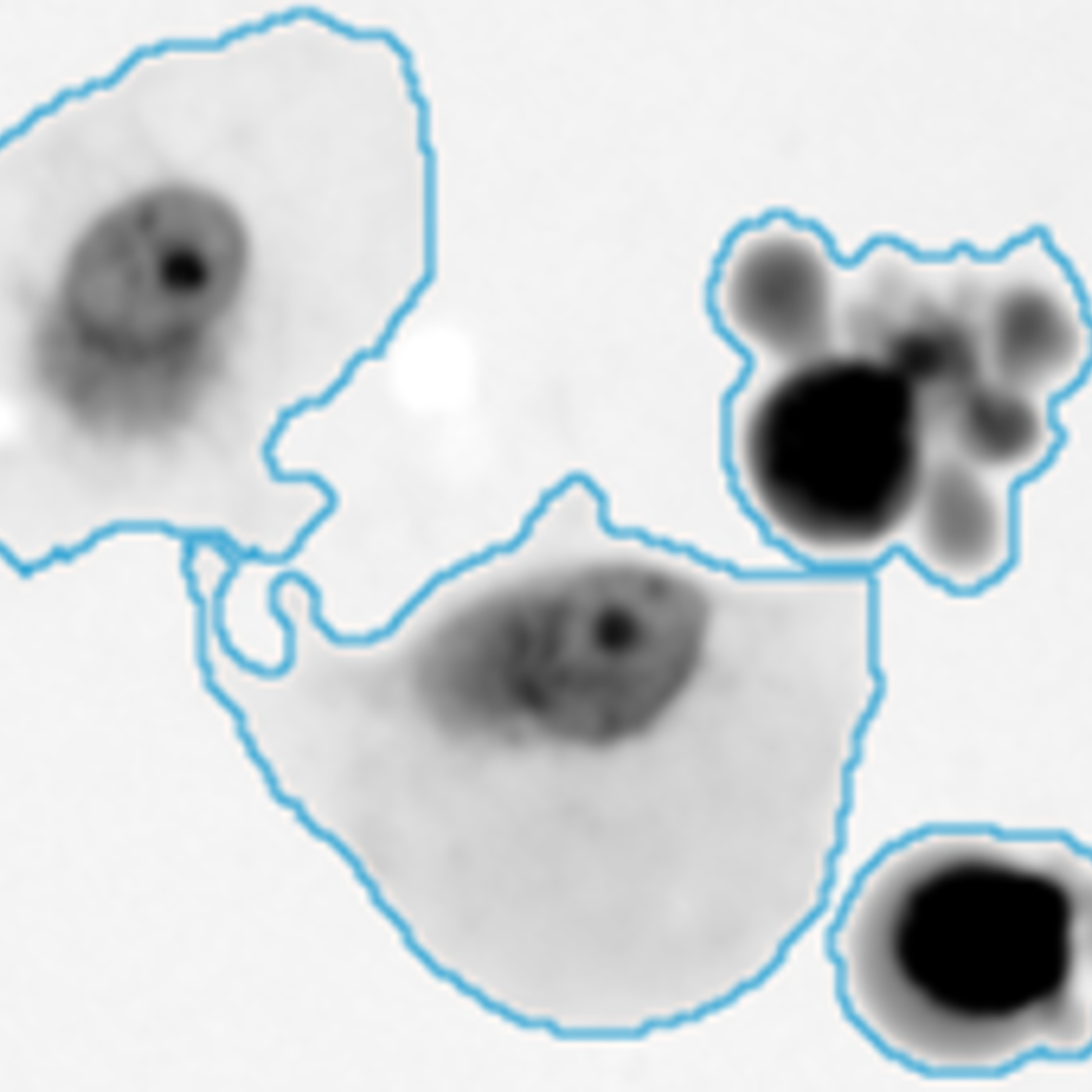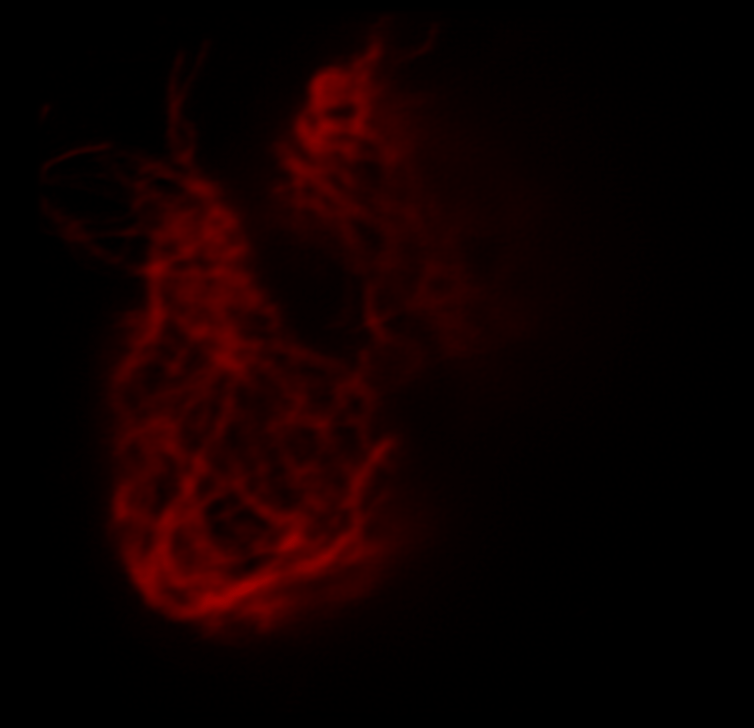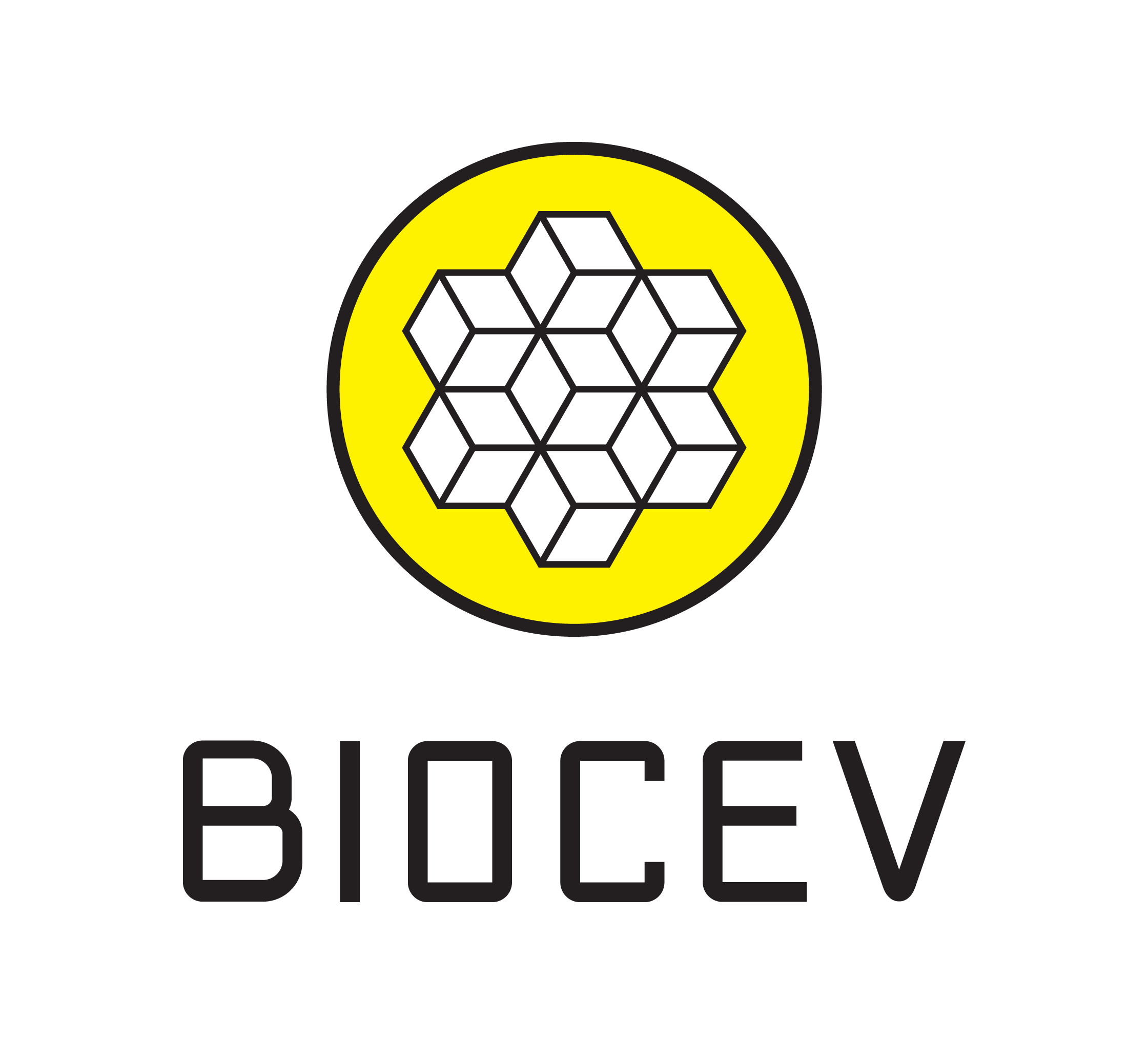We employ the latest technology to craft state-of-the-art microscopy devices. By focusing on the researchers’ needs, we can meet their requirements and tailor our microscopes to the latest industry standards.
Explore
the Unseen
Telight is specialist in the field of instruments employing light optics, in particular, providing innovative types and solutions for light microscopy. Live cell imaging is the heart of our company, we aim provide tools which will help researchers to advance in their exploratory work.
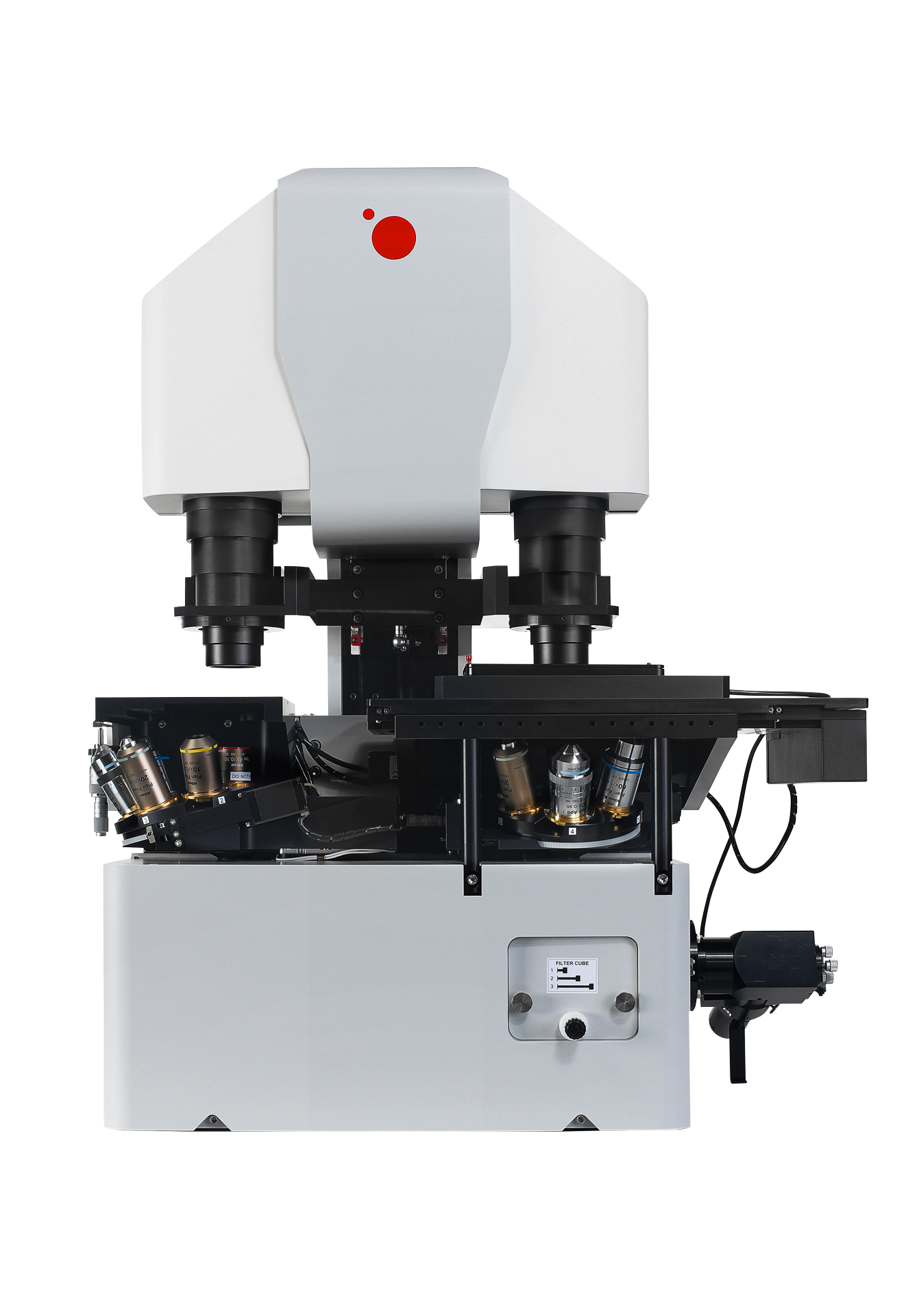
Telight Q-Phase
Quantitative Phase ImagingQ-Phase is a patented holographic microscope with high detection sensitivity, designed for gentle live-cell imaging.
Q-Phase is an ideal solution for experts who desire precise automated segmentation of individual cells for subsequent data analysis. Q-Phase quickly transforms cell features and dynamics into numerical data suitable for comparisons, correlations, and more detailed statistics.
Read more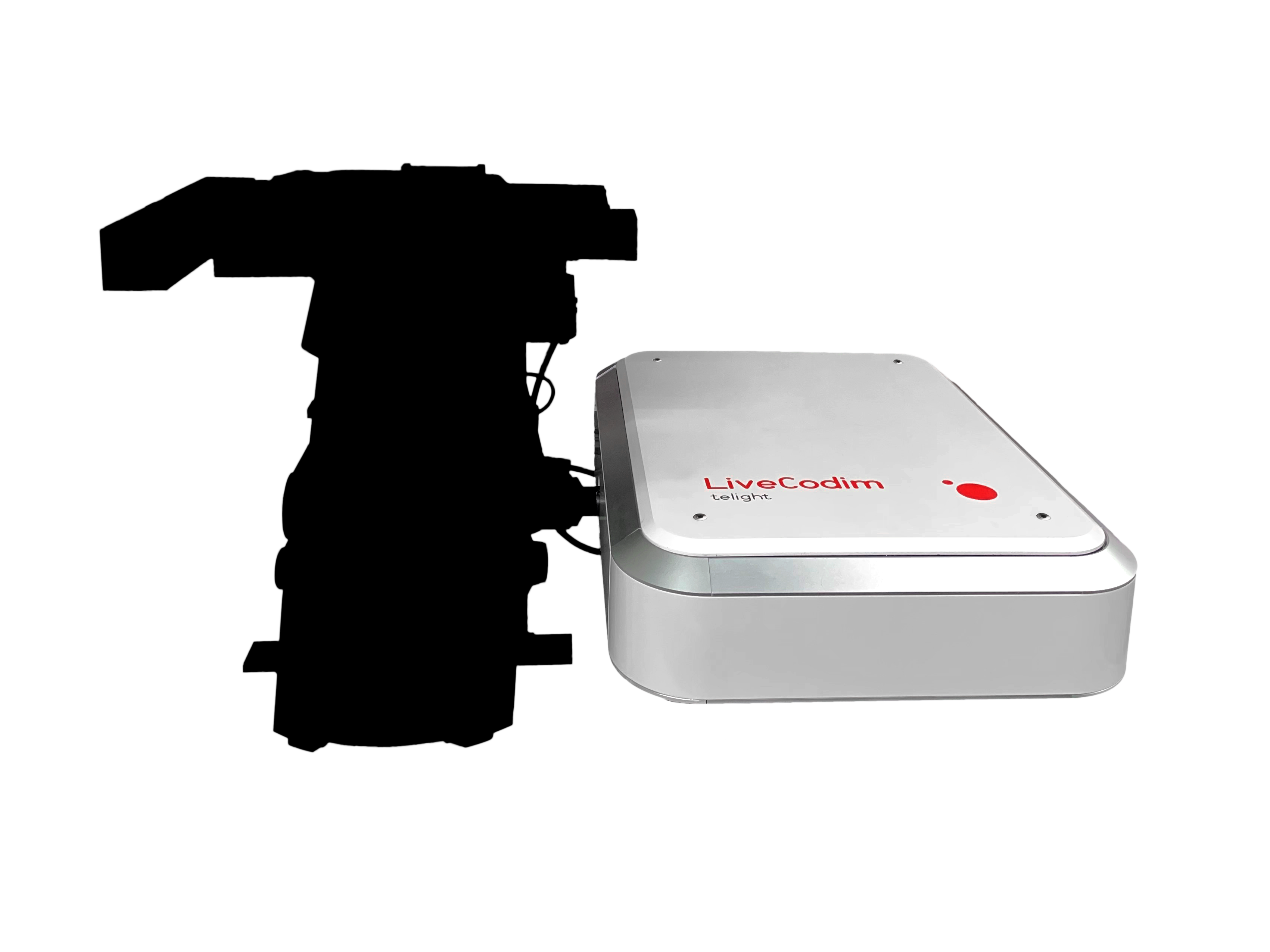
Telight LiveCodim
From conventional to super-resolution microscopy
LiveCodim is a universal, super-resolution imaging platform designed to interface with any standard fluorescence microscope. It is the solution for live-cell imaging with high resolution and low phototoxicity.
Read more